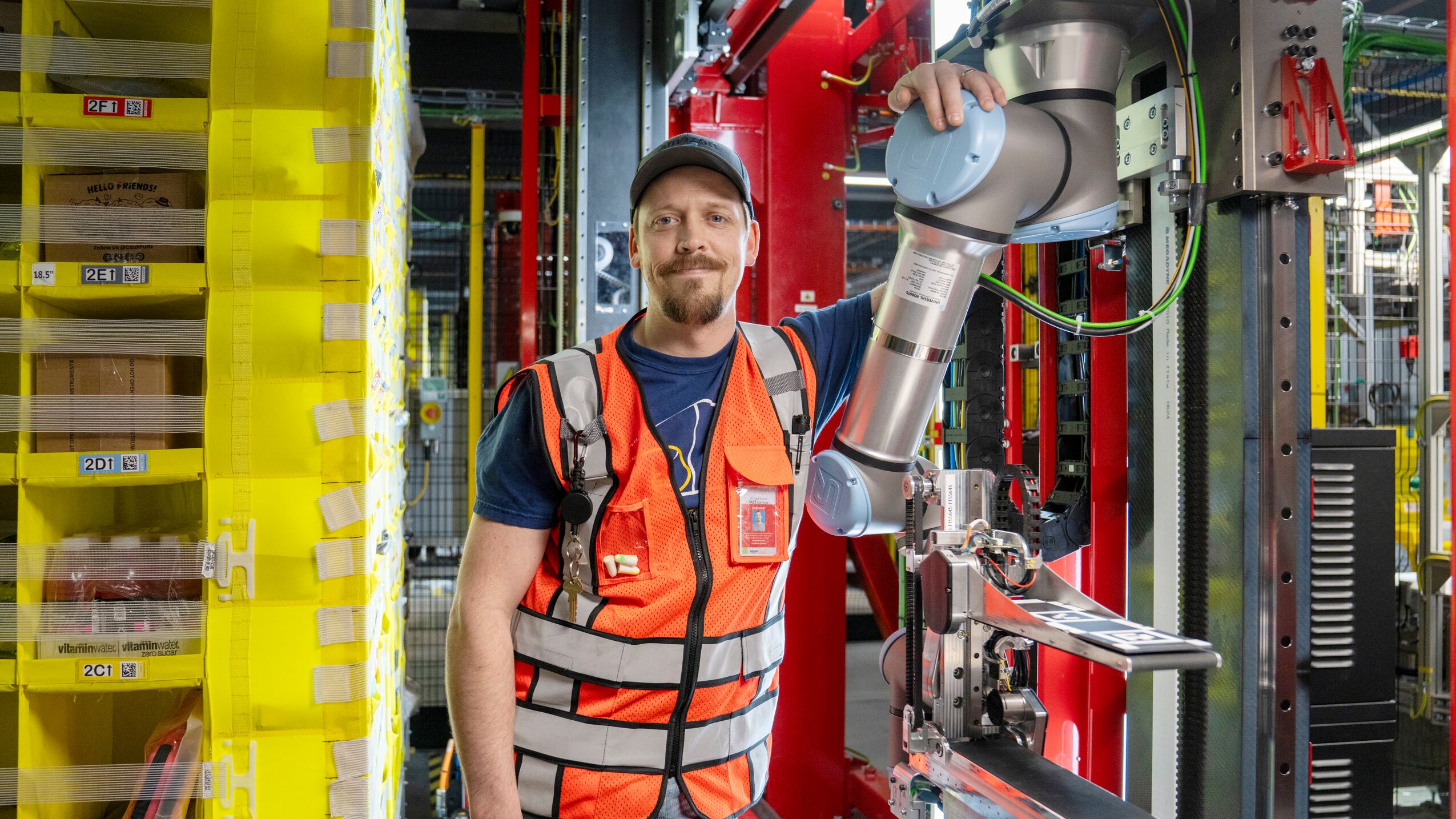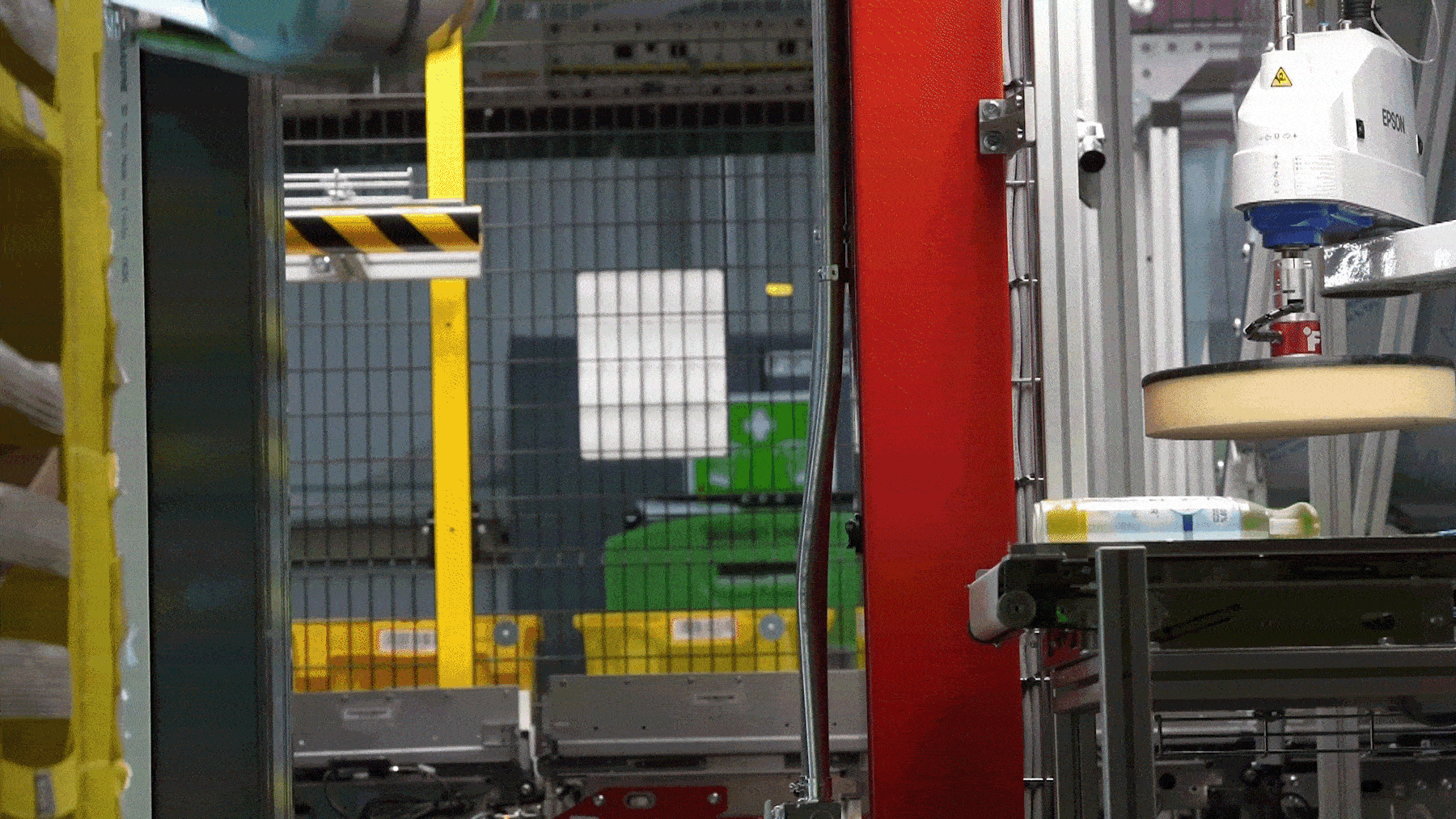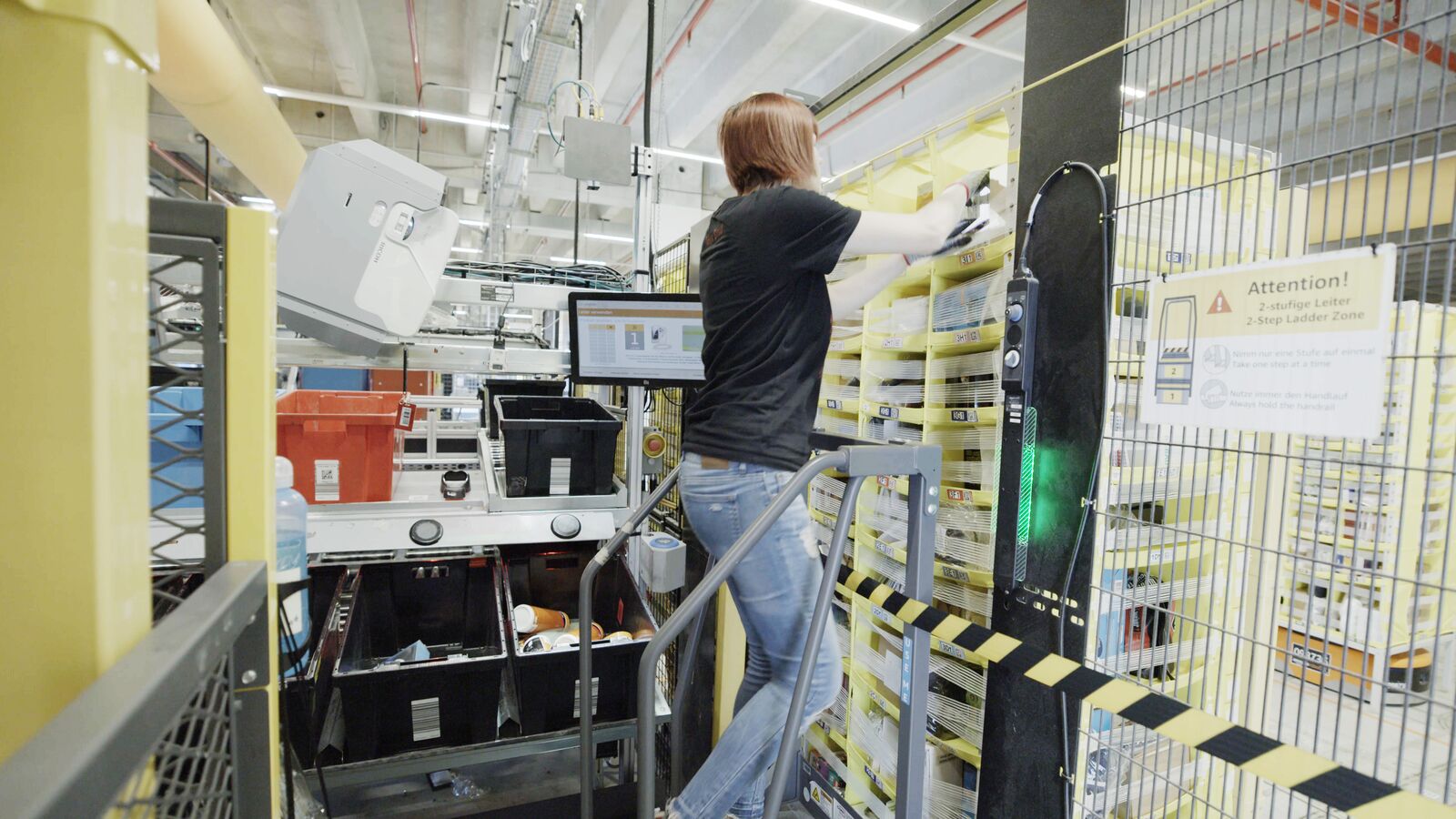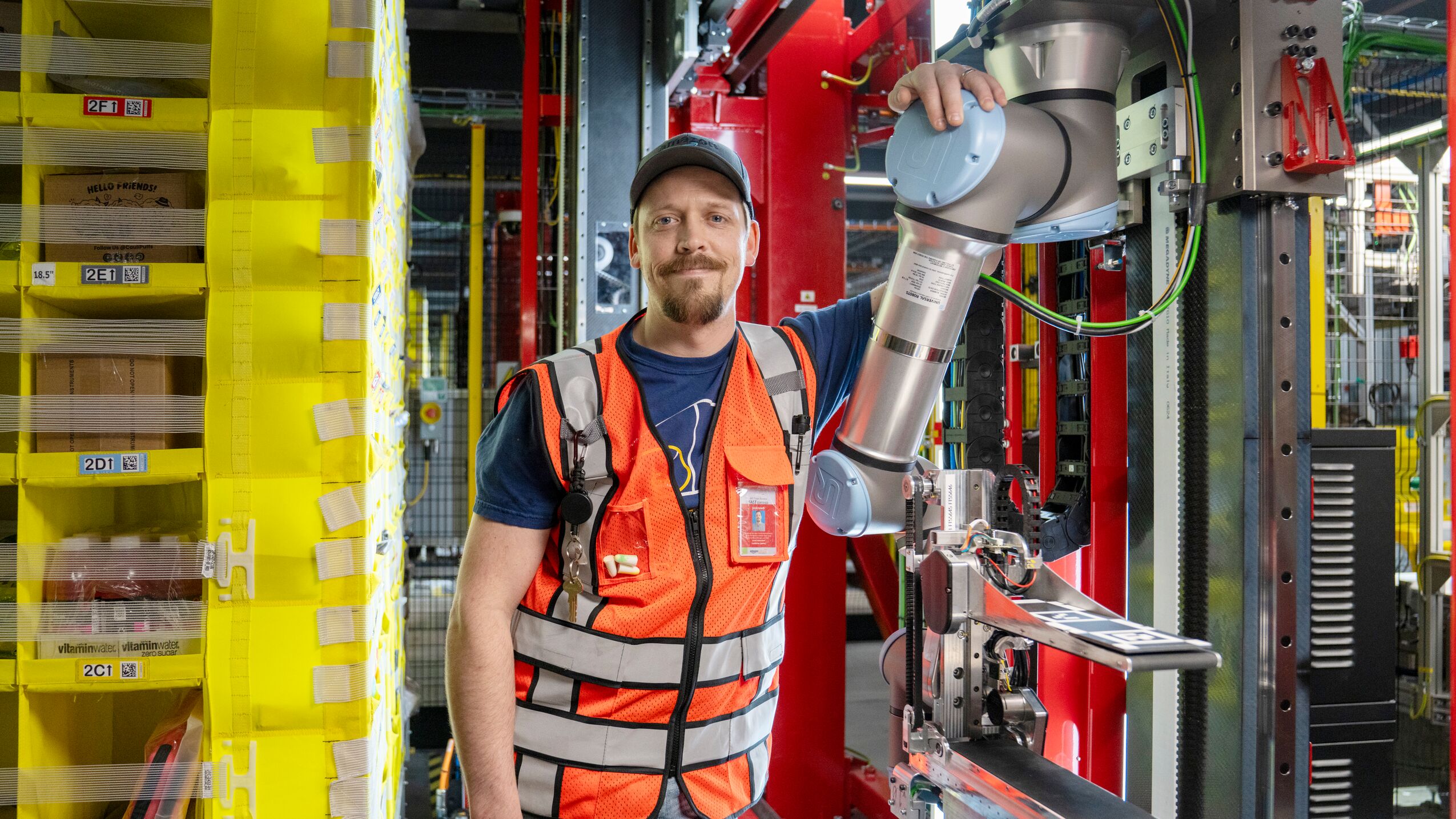Amazon’s Revolutionary Robot: Vulcan
The next time you drop a coin, consider how you pick it up. Your hearing helps you determine its direction, your vision locates it, and your sense of touch guides your fingers to grasp it. While humans perform this task effortlessly, robots struggle to replicate it. Most robots are ‘numb and dumb,’ according to Aaron Parness, Amazon’s director of applied science.

Amazon is changing this with Vulcan, its first robot with a sense of touch. Built on advancements in robotics, engineering, and physical AI, Vulcan can pick and stow items with unprecedented finesse. ‘Vulcan represents a fundamental leap forward in robotics,’ Parness says. ‘It’s not just seeing the world; it’s feeling it.’
How Vulcan Works
Vulcan uses an ‘end of arm tooling’ that resembles a ruler attached to a hair straightener, along with force feedback sensors. This allows it to manipulate objects within crowded storage compartments, making room for new items without causing damage. The robot’s arm, equipped with a camera and suction cup, picks items from bins while ensuring it grabs the correct item.

Vulcan can handle approximately 75% of items stored in Amazon’s fulfillment centers at speeds comparable to human employees. It identifies when it can’t move an item and asks for human assistance, combining the strengths of humans and technology.
Improving Workplace Safety and Efficiency
Vulcan is designed to improve worker safety and ergonomics. It focuses on picking and stowing inventory in top rows of storage pods, reducing the need for employees to use step ladders. This application is part of Amazon’s broader approach to using technology to enhance workplace safety and efficiency.

Over the past dozen years, Amazon has deployed over 750,000 robots in its fulfillment centers. These robots have created new job categories, from robotic floor monitors to maintenance engineers. Amazon also offers training programs like Career Choice to help employees move into robotics and other high-tech fields.
The Future of Robotics at Amazon
Amazon plans to deploy Vulcan systems across its network in Europe and the United States over the next couple of years. ‘Our vision is to scale this technology to enhance operational efficiency, improve workplace safety, and support our employees,’ Parness says.
This advancement in robotics demonstrates how teaching a robot to ‘feel’ can transform operations. By combining human capabilities with robotic precision, Amazon continues to innovate in the field of warehouse automation and artificial intelligence.


